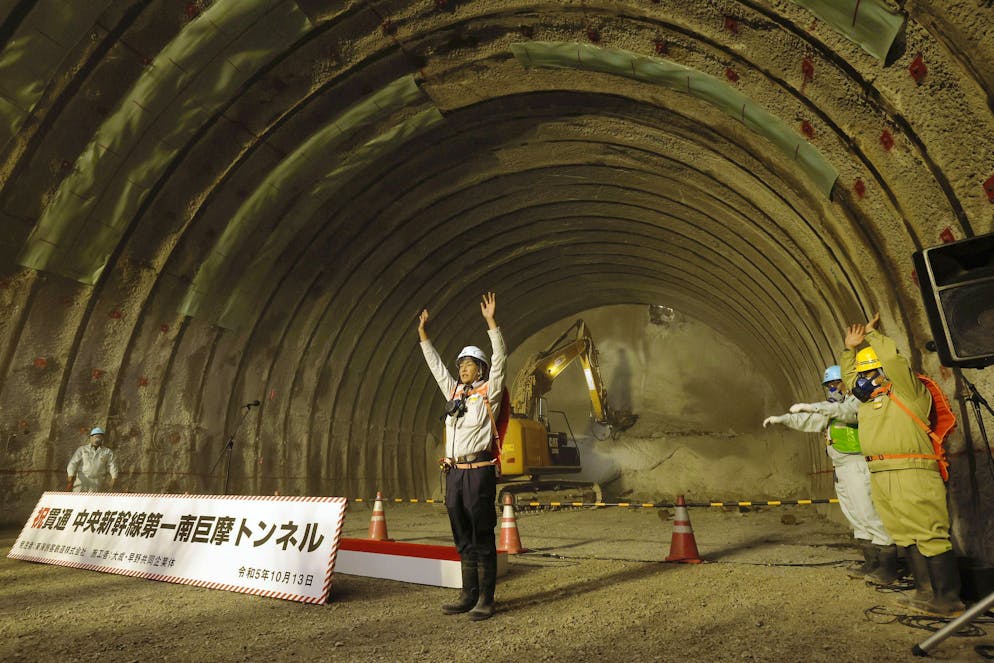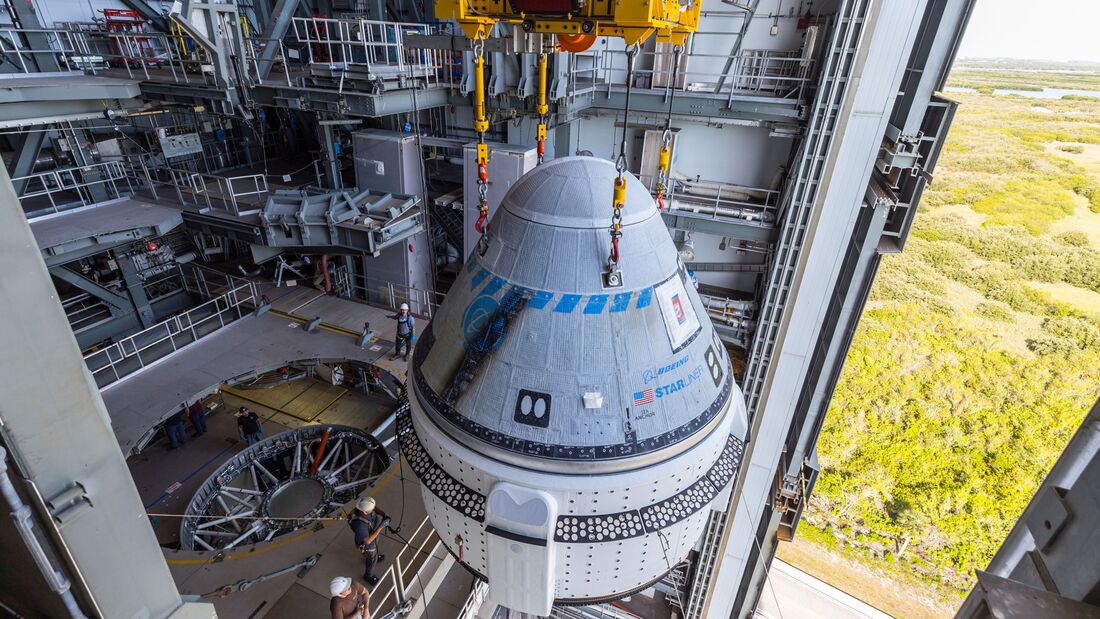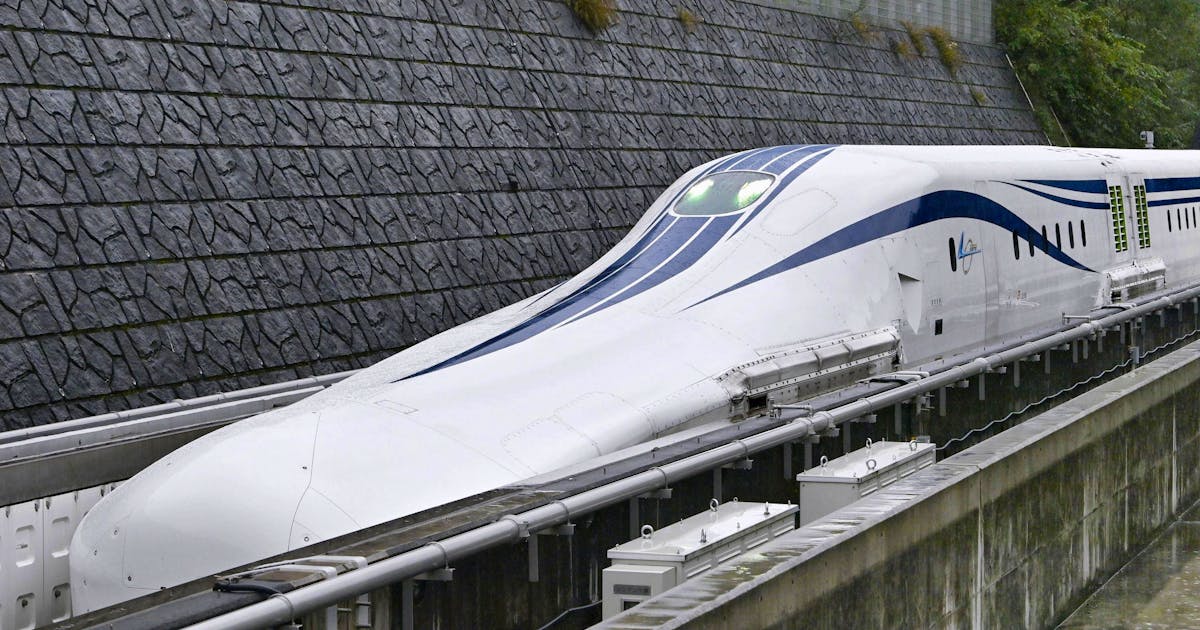Images by Imago/Kyodo News
With the Chuo-Shinkansen magnetic levitation train, Japan wants to dominate the high-speed transportation sector. But the huge project will likely be delayed for several years.
no time? Blue News sums it up for you
- The Chūō-Shinkansen maglev train is currently under construction in Japan. The train will run at a speed of 505 km/h, but can reach a top speed of just over 600 km/h.
- The Chūō Shinkansen is supposed to connect the country's two largest cities, Tokyo and Osaka, in just 67 minutes, making it twice as fast as a traditional Shinkansen with a wheeled rail system.
- However, it will not be possible to open the first construction phase between Tokyo and Osaka in 2027 as planned, and according to a media report, it may be postponed until 2034.
It is a project of excellence. Japan's future Chuo Shinkansen will run regularly between the two major cities of Tokyo and Nagoya at a speed of 505 km/h and cover the route in just 40 minutes.
During this time, travelers may only make the trip to the airport. No wonder the opening of the road is eagerly awaited in Japan. However, passengers will probably have to be patient for several more years until the time comes.
Because, among other things, “Japan Times” It has been reported that the Central Japan Railway (JR Tokai) is unlikely to achieve its goal of opening the first section between Tokyo and Nagoya in 2027. President Shunsuke Niwa said this at a transportation ministry meeting: “We are not in a position to open the route in 2027.” “.

Imago/Kyodo News
The regional government refuses to build tunnels
JR Tokai is said to have abandoned the target because the Shizuoka Prefectural government refused to authorize the tunneling work due to environmental concerns. This delay in the construction of the Shizuoka section is also delaying the overall opening, Niwa said after the meeting.
According to the report, no new target has been issued. However, citing “people familiar with the situation,” the newspaper wrote that the maglev train would not begin public operation before 2034. At the end of 2023, JR Tokai had already corrected the opening date from 2027 to “2027 or later.”
World speed record: 603 km/h
The government granted approval for the track in October 2014 and construction began in December. On April 21, 2015, the world record was set at a speed of 603 km/h on the Yamanashi test track. Shinkansen L0 series trains are currently being extensively tested there and put into series production.
Despite the high speeds possible, trains must travel at a maximum speed of 505 km/h in regular operation.
Once the first construction phase is completed, the project will connect Tokyo and Nagoya in just 40 minutes. Once the second phase is complete, travel time between the capital and the second-largest city, Osaka, is expected to fall to just 67 minutes — less than half the fastest time on current bullet trains.
In addition to the time advantages due to shorter travel times, according to JR Central, the new road could bring economic benefits and also serve as an important reserve between the country's three major cities in case major disasters such as strong earthquakes are likely to occur. tsunami.

“Tv specialist. Friendly web geek. Food scholar. Extreme coffee junkie.”







More Stories
Increased risk of bites: Venomous snakes are migrating to new countries due to global warming
Machu Picchu: Privatization of ticket sales – News
Saudi Arabia and Dubai sank